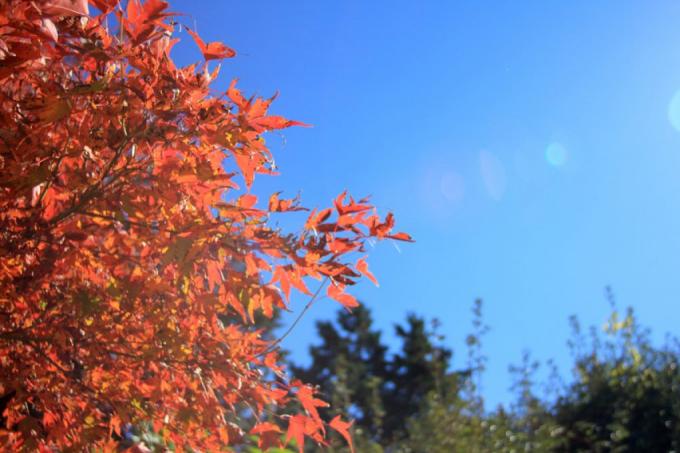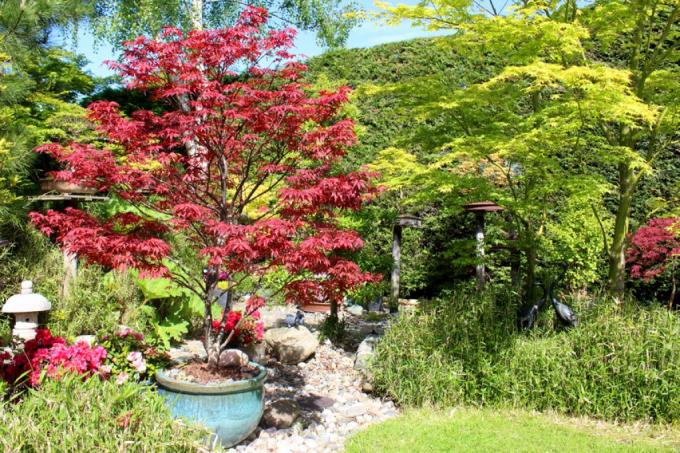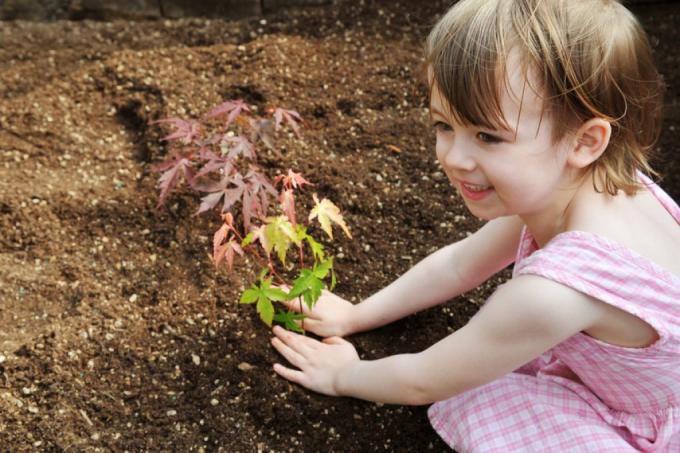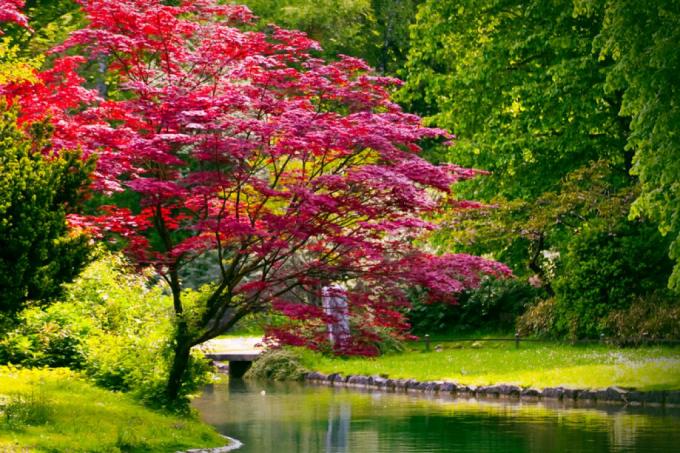AT A GLANCE
How to protect Japanese maple from waterlogging?
Does waterlogging damage the Japanese maple?
waterlogging is very harmful for the Japanese maple. If the plant is too wet for a while and the water has no way of draining, the root start to rot. This affects the whole plant. Particularly Maple plants in the tub are very susceptible to waterlogging, as they often stand too much in the water.
also read
What to do if Japanese maple is affected by waterlogging?
A quick and thoughtful action is very important, this is the only way to save the plant:
- completely remove the soil from the root ball
- cut off rotten roots generously and thoroughly
- let the root ball dry completely
- create a drainage over the drain hole of the plant pot, for example made of potsherds that are permeable to moisture
- insert a fleece as an intermediate layer
- then plant the maple back in soil (it is essential to use new soil, preferably mixed with clay granules)
Something fertilizer is recommended every four weeks from April to August.
Does Japanese maple need a lot of water?
Potted Japanese maple needs to be watered sufficiently as it has a quite high water demand has. The following points must be observed:
- Water regularly, twice a day in summer
- water only when the Earth is superficially dry
- pour off the excess irrigation water on the saucer of the plant pot after about half an hour
As a container plant, the Japanese maple needs more Care than garden planted specimens that are content with rainwater and normal watering of the garden when needed.
What does a waterlogged Japanese maple look like?
If a Japanese maple is affected by waterlogging, it can show through brown leaf margins to express. However, these can also mean the exact opposite - even dry damage can get through brown leaves to make noticable.
Also can curled leaves be a result of unwanted waterlogging at the roots. Since the rotten roots can no longer absorb liquid or nutrients and transfer them to the leaves, they ultimately look as if they have dried up.
Tip
Better not to use plastic buckets
If you want to cultivate Japanese maple in pots, it is not only important to use a sufficiently high and wide planter. The right material is also important: clay buckets are best suited, as excess water can easily find its way out. Plastic buckets are unsuitable as they can even encourage waterlogging.











